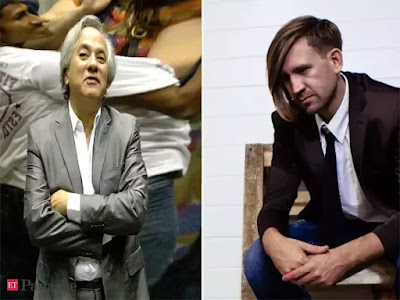From Worldometer (new COVID-19 deaths yesterday):
DAY USA WORLD Brazil India South Africa
Summary: very little change.
Ukraine President Volodymyr Zelensky had a good point. The UN needs to kick out Russia, which uses its veto power to make the organization powerless to do anything regarding the war. Makes sense to me. Forget the war crimes trial, the West really needs to act logically and responsibly in unison.
Zelenskyy Tells UN Security Council to Boot Russia — Or ‘Dissolve’
Ukraine’s President Volodymyr Zelenskyy gave an impassioned speech to the United Nations Security Council yesterday, demanding Russia’s removal from the group. Since Russia is a permanent member with veto powers, he said it must be stopped from “blocking decisions about its own aggression, its own war.” Zelenskyy reminded members that the opening chapter of the U.N. charter aims to maintain peace, but it has been violated by Russia “literally starting with Article 1.” He ended with a warning: “If your current format is unalterable and there is simply no way out, then the only option would be to dissolve yourself altogether.” (Source: NPR)
Well, Purdue University has the whitest white paint, shown here by professor of mechanical engineering Xiulin Ruan. Why try to get the whitest white?
- They thought this paint would remediate global warming.
- Their product reflects 98.1% of sunlight, from the previous high of 95.5%.
- Typical paints on the market only reflect from 80% to 90% of sunlight.
- If all buildings are coated with their ultra-white paint, air-conditioning will be minimized. For example, if you were to cover a roof of about 1000 square feet with this white, you could get a cooling power of 10 kilowatts, which is more than provided by most central air conditioners.
- Their technique had to do with varying the size of barium sulfate particles.
- Purdue could well end up with a lot of money from this research.
Artists have long been trying to monopolize colors. A half century ago Yves Klein patented a blue pigment (International Klein Blue, or IKB).

So recently, a feud has developed between two artists.
- Normal black paint absorbs 97.5% of visible light.
- Black itself is not really a color, but the absence of it. Thus, the military is interested for stealth purposes.
- In 2003, the National Physical Laboratory in the UK developed a substance called Super Black, which absorbed 99.6% of visible light at certain angles of incidence.
- In 2009, British company Surrey NanoSystems created VantaBlack (for vertically aligned carbon nanotube array), which absorbed 99.96% of light. This paint is concocted from carbon nanotubes and was more stable and durable.
- In 2016, Anish Kapoor (above left) used it for painting a black circle on the floor. That impressed Surrey NanoSystems, so they licensed Kapoor to be the only artist in the world who could use VantaBlack in art.
- At one time British artist Stuart Semple (above right) admired Kapoor, but for that dastardly act, filed a protest.
- In 2019 MIT engineers with visiting German artist Diemut Strebe, also using carbon nanotubes, developed a material ten times blacker, absorbing 99.9995% of incoming light.
- In 2021, Semple got into the act and created Black 3.0 called Blink.
- However, only 98-99% absorption.
- Designed for calligraphy.
- Available for $15.99/ 30 ml bottle.
- Thus, the link between artists and basic researchers.
- Again created by Stuart Semple.
- Can be used on canvas, paper, wood, plaster, fabric, masonry and any non-oily surface.
- Sells for about five bucks, but not to Anish Kapoor.
Oh, Stuart Semple also has developed the yellowest yellow, etc.
-










_from_east'.jpg)





Comments
Post a Comment